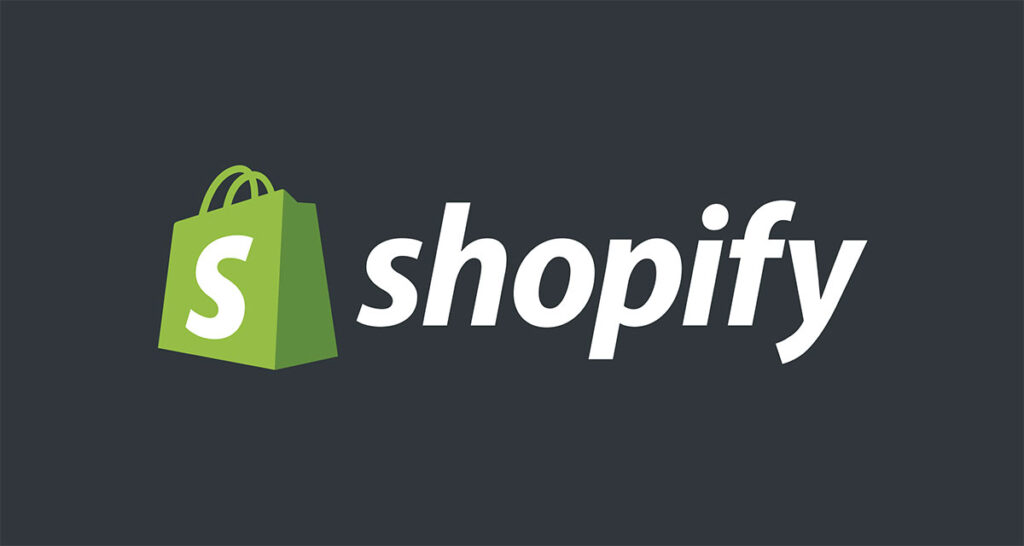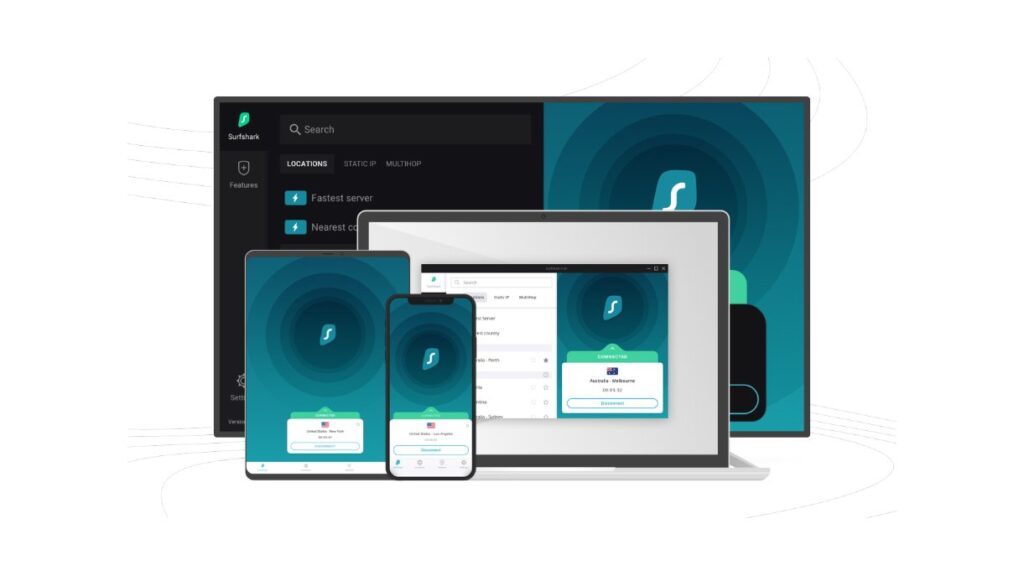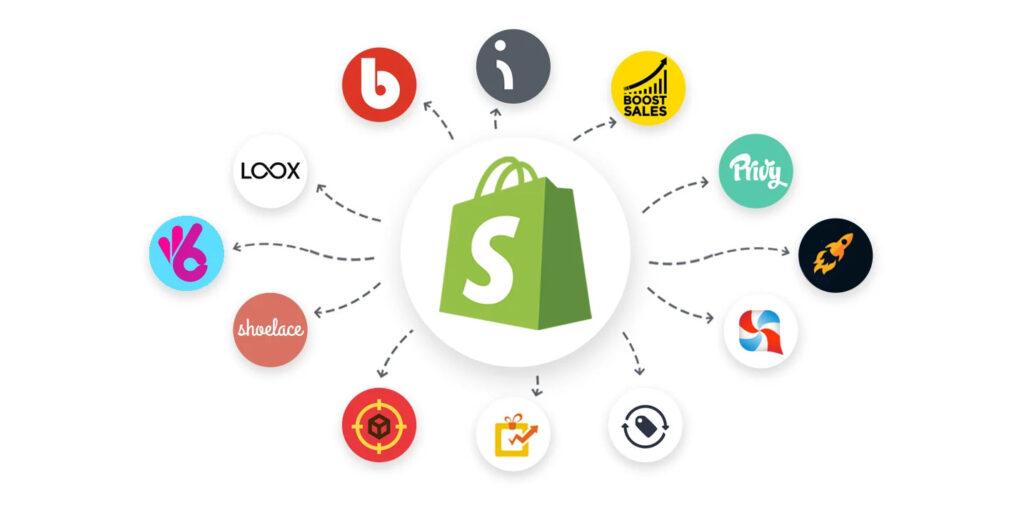Introduction to E-commerce Platforms
The e-commerce landscape is constantly evolving, and as your business gears up for growth in 2025, choosing the right platform becomes crucial. With numerous options available, two of the most popular choices stand out: Shopify and WooCommerce. Each has its unique strengths and features that cater to different types of businesses. Whether you’re an entrepreneur just starting or a seasoned retailer looking to expand online, understanding these platforms can significantly impact your success.
Imagine having a storefront that not only looks great but also functions seamlessly while catering to your customers’ needs. Every detail counts when it comes to online retail. From ease of use to customization capabilities, pricing strategies, and support systems—every factor plays a role in how effectively you can reach your audience.
In this article, we’ll dive deep into the nuances of Shopify versus WooCommerce. We’ll explore their functionalities and help you determine which platform best aligns with your vision for growth in 2025. So grab a coffee and get ready; let’s embark on this journey together!
Comparison between Shopify and WooCommerce
When comparing Shopify and WooCommerce, it’s essential to understand their core differences. Shopify is a fully hosted e-commerce solution. This means you can focus on running your business without worrying about server management or software updates.
On the other hand, WooCommerce is a plugin for WordPress, offering greater flexibility. If you’re already familiar with the WordPress ecosystem, this could be an advantageous route.
Shopify boasts an intuitive interface that makes it easy for beginners to set up their online stores quickly. Conversely, WooCommerce may require more technical knowledge but allows deeper customization options.
Both platforms offer various themes and templates; however, Shopify provides a more polished selection right out of the box. With WooCommerce, users have access to countless plugins but might need some time to sift through them effectively.
Your choice ultimately depends on how hands-on you want to get with your store’s design and functionality as well as your long-term goals.
Ease of Use and Customization Options
When it comes to ease of use, Shopify shines with its intuitive interface. Users can navigate the platform effortlessly, allowing even beginners to set up a store quickly. The drag-and-drop functionality makes designing your online shop straightforward.
WooCommerce offers flexibility but requires a bit more technical know-how. It’s a WordPress plugin, so familiarity with the CMS is essential for seamless integration. Customization options are abundant on both platforms; however, they cater to different user experiences.
Shopify provides an extensive library of themes and apps that simplify adding features without coding knowledge. WooCommerce allows deeper customization through various plugins and code modifications but may overwhelm those unfamiliar with web development.
Both choices offer unique avenues for crafting your brand identity while addressing specific business needs. Your choice will depend largely on how comfortable you feel navigating these environments and what level of customization you require.
Pricing Plans and Fees
When examining pricing plans and fees for Shopify and WooCommerce, it’s essential to weigh both upfront costs and ongoing expenses.
Shopify offers a straightforward tiered structure, starting with basic plans that cater to new businesses. These plans include hosting, security, and support but also have transaction fees unless you use Shopify Payments.
WooCommerce operates differently. As a plugin for WordPress, it’s free to download. However, additional costs arise from web hosting, themes, plugins, and maintenance services. This can add up quickly if you’re not careful.
Consider hidden fees in each platform as well. For instance, payment gateways may charge separate transaction fees that could impact your bottom line over time.
Understanding the complete picture of what you’ll pay is crucial before deciding on a platform for your business growth strategy in 2025.
Features and Integrations
When it comes to features, Shopify shines with its vast array of built-in tools. From inventory management to customizable checkout processes, everything is designed for ease of use. You can access a plethora of apps through the Shopify App Store that further enhance your store’s functionality.
WooCommerce offers flexibility as well. Being open-source means you can modify almost anything to suit your needs. There are countless plugins available, allowing for deep customization and enhanced performance tailored specifically for your business model.
Integrations are crucial in e-commerce. Shopify integrates seamlessly with popular services like Mailchimp and QuickBooks right out of the box, making it easy to manage marketing and accounting in one place.
On the other hand, WooCommerce allows integration with nearly any tool under the sun thanks to its compatibility with WordPress plugins. Whether you’re looking at payment gateways or CRM systems, both platforms provide robust options suited for different business needs.
Customer Support and Resources
Customer support can make or break your experience with an e-commerce platform. Both Shopify and WooCommerce offer robust resources, but they cater to different needs.
Shopify shines with its 24/7 customer service. You can reach out via chat, email, or phone. This level of accessibility is perfect for business owners who may need immediate assistance. Their extensive help center features tutorials and guides that are easy to navigate.
On the other hand, WooCommerce relies more on community support. While it has documentation available online, users often turn to forums for troubleshooting advice. If you enjoy engaging with a community of developers and users, this could be beneficial.
Remember that having access to comprehensive resources is vital as you scale your business in 2025. Consider what type of support suits your working style best when weighing these options.
Scalability and Flexibility for Business Growth
Scalability is a crucial factor for businesses aiming to grow. Both Shopify and WooCommerce offer unique advantages in this area.
Shopify is known for its seamless scalability. As your business expands, you can easily upgrade your plan or add more features without any hassle. The platform handles traffic spikes efficiently, ensuring a smooth shopping experience for customers.
WooCommerce, being built on WordPress, provides flexibility that appeals to many users. You have complete control over customization and can adapt your online store as needed. This makes it easier to implement new strategies or pivot based on market demands.
Choosing the right platform depends on how quickly you anticipate growth and what level of customization you require. Remember that scalability isn’t just about handling more sales; it’s also about maintaining quality service throughout your journey.
Real-Life Examples of Successful Businesses on Each Platform
Shopify has been the backbone for many thriving businesses. Take Gymshark, for instance. This fitness apparel brand started as a small operation and now boasts millions in revenue, all thanks to Shopify’s robust features.
On the other hand, WooCommerce powers successful ventures like Blue Star Coffee Roasters. Their customizable store showcases unique blends while managing complex orders efficiently through WordPress integration.
Another example is Allbirds on Shopify. This eco-conscious footwear brand uses the platform’s seamless interface to connect with customers globally, emphasizing sustainability without sacrificing user experience.
Conversely, you’ll find brands like Dineamic using WooCommerce effectively. They focus on meal prep delivery but leverage plugins and themes to tailor their online presence perfectly.
These examples highlight how both platforms can cater to diverse industries while driving growth and innovation in e-commerce.
Factors to Consider when Choosing the Right Platform
Choosing the right e-commerce platform is crucial for your business’s success. Start by assessing your specific needs. Are you looking for ease of use or extensive customization? Your priorities will shape the decision.
Consider your budget too. Shopify offers straightforward pricing, while WooCommerce can incur additional costs with plugins and hosting.
Integration capabilities are another key factor. Do you need specific tools that work seamlessly with your operations? Check each platform’s compatibility with third-party applications.
Don’t forget about scalability. As your business grows, so should your platform’s capabilities. Anticipate future demands to avoid limitations down the road.
Think about customer support options available on each platform. Reliable support can save time and alleviate stress in critical situations, ensuring smooth operations as you expand into 2025 and beyond.
Determining the Best Option for Your Business in 2025
When it comes to choosing the right e-commerce platform for your business in 2025, there are several crucial factors to consider. Each option has its strengths and weaknesses, which can significantly impact your growth strategy.
If you prioritize ease of use and a quick setup, Shopify may be the better fit. Its intuitive interface allows you to manage products effortlessly while offering various features that cater to both new entrepreneurs and seasoned professionals. Plus, with options like **Shopify free trial**, you can explore its capabilities without any upfront commitment.
On the other hand, if customization is at the top of your list and you’re comfortable with a bit more technical work, WooCommerce could be ideal. It offers unparalleled flexibility through extensions and themes tailored specifically for WordPress users.
Pricing plans also play an essential role in decision-making. With Shopify’s subscription model combined with transaction fees linked to payment gateways, it’s important to assess how those will affect your budget compared to WooCommerce’s plugin-based costs.
Consider what features matter most for your operations—be it advanced analytics or integrated marketing tools—and ensure whichever platform aligns with these needs supports integrations seamlessly.
Customer support is another pivotal aspect; having reliable resources when issues arise is invaluable as you scale up operations. Whether seeking help from **the best Shopify agencies in UK** or looking for a local **Shopify expert near me**, make sure assistance is within reach regardless of which path you take.
Think about scalability as your business grows over time. Both platforms have their merits here but envisioning where you’ll be in five years could influence whether you’d prefer something out-of-the-box like Shopify or customizable like WooCommerce.
Taking stock of all these elements will guide you toward making an informed choice that positions your brand effectively within the competitive landscape ahead of 2025.




















